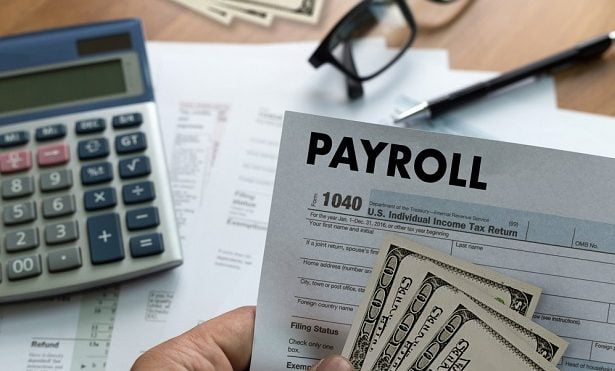Experts at professional services company Towers Watson say recently released rules by the Internal Revenue Service should clear the path for more employers to renew their interest in cash balance and other types of hybrid pension plans.
In 2006, the Pension Protection Act acknowledged the legitimacy of hybrid plans, and in October 2010, the IRS proposed rules that will provide more clarity on the plans. In particular, the proposed rules define the "market rate" that cash balance plan sponsors must use to credit interest to plan participants' account balances. The IRS also issued final rules that clarify requirements for an age discrimination safe harbor.
"Once finalized, these rules eliminate virtually all of the uncertainty that has surrounded cash balance plans the past few years," said Alan Glickstein, senior consultant at Towers Watson. "Many employers have been waiting for these rules before adopting a new retirement plan design. With this clarification of legal requirements and the resolution of lingering ambiguities, more plan sponsors may be encouraged to convert their traditional defined pension plans to hybrid plans."
Recommended For You
Just about one-fourth (24 percent) of the Fortune 100 companies offered a hybrid pension plan in 2009, up from just eight companies in 1998, according to a new report on hybrid retirement plans released by Towers Watson. The report also noted that the cost and cash contribution for credits to a cash balance plan are generally less than those for the same final retirement benefit in a defined contribution plan.
"The recent recession shows the very attractive risk-sharing and cost management features of hybrid plans to greater advantage, especially given the consequent high contributions and funding volatility in traditional defined benefit (DB) plans and the significant asset losses to many DC accounts. Hybrids' mix of cost-effective DB and DC features can be very appealing to employers, while most workers welcome their reliability and security," said Kevin Wagner, senior consultant at Towers Watson.
In fact, other Towers Watson research shows that four in 10 U.S. workers are planning to delay their retirement, and a vast majority of workers are willing to pay more now for greater certainty in their future retirement benefits. Additionally, the number of younger workers who cite their pension plans as an important reason to work for their current employer jumped by more than half — from 28 percent in 2009, to 43 percent in 2010.
Other findings from the Hybrid Pension Plans study include:
- Approximately one-third of all active participants and assets in DB plans are associated with hybrid plans.
- Between 1999 and 2007, the number of participants in hybrid plans increased from 3.2 million to 10.2 million, and assets increased from $158.8 billion to $631 billion.
- After 30 years of service, the average worker in a cash balance plan will have, on average, an account balance of between two and two and a half times their final salary, depending on the benefit formula.
View a copy of the report: Hybrid Pension Plans: A Comprehensive Look at Their History, Economics and Features
© Touchpoint Markets, All Rights Reserved. Request academic re-use from www.copyright.com. All other uses, submit a request to [email protected]. For more inforrmation visit Asset & Logo Licensing.






